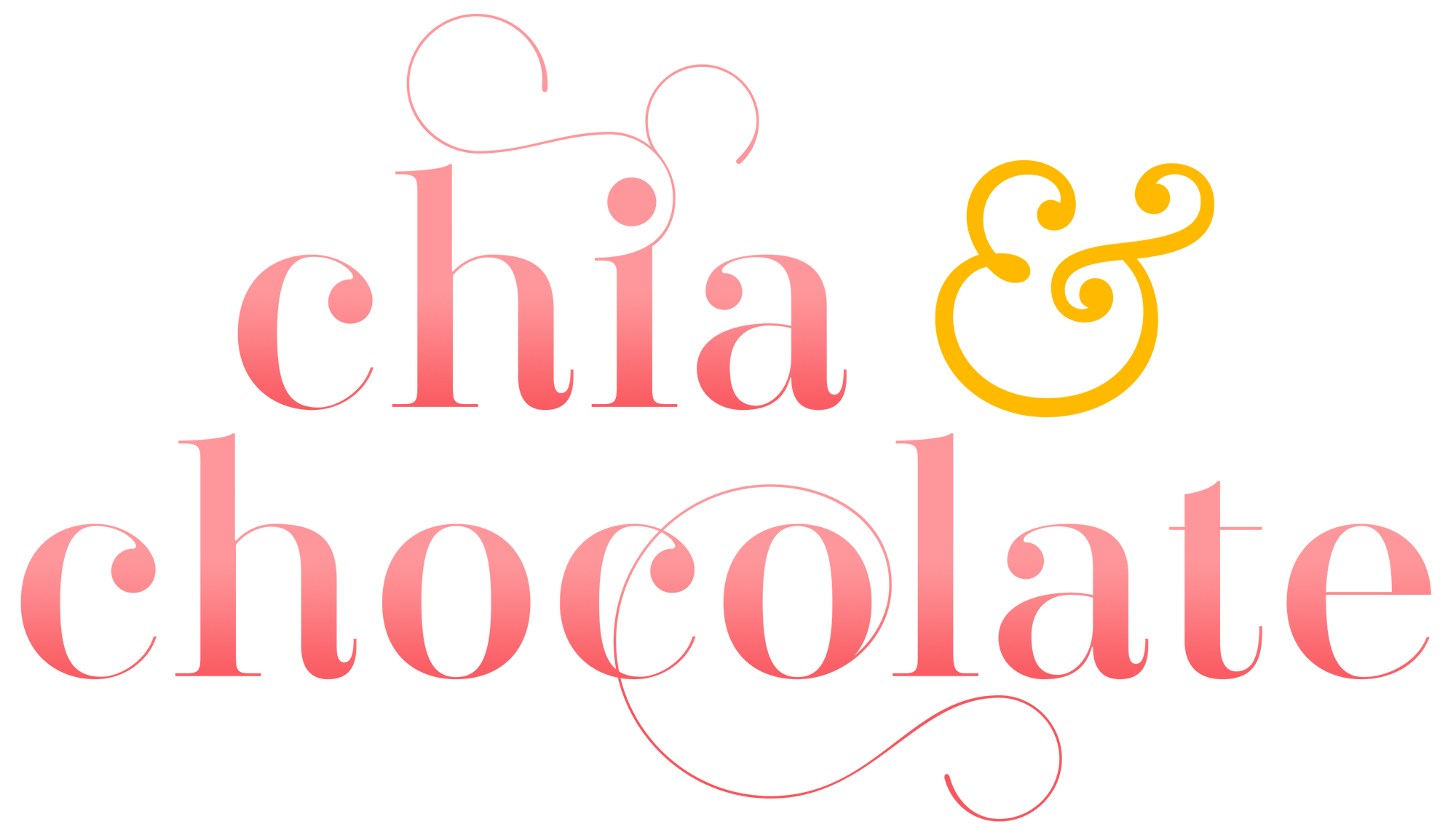Are You A Toxic Waste Site?
Did my subject line freak you out a bit? Set off any alarms? That was the title of a recent New York Times article. Just back after 12 days in beautiful Costa Rica and I'm feeling freshly inspired, renewed, and ready to share more in-depth information about my favorite health topics over the coming weeks: elimination and detox, hormone balancing, weight loss, and blood sugar management, to name a few.
Which leads me back to this: Are You a Toxic Waste Disposal Site?
In the article by Nicholas Kristoff -- which compares the panic over the Zika virus to toxic substances right here and now that pose an even greater threat -- the author points out that we're exposed to hundreds of these toxins on a daily basis, most of which are completely invisible, and either ignored or under appreciated by the conventional media and medical establishment:
Scientists have identified more than 200 industrial chemicals -- from pesticides, flame retardants, jet fuel -- as well as neurotoxins like lead in the blood or breast milk of Americans, indeed, in people all over our planet.
These have been linked to cancer, genital deformities, lower sperm count, obesity and diminished I.Q. Medical organizations from the President's Cancer Panel to the International Federation of Gynecology and Obstetrics have demanded tougher regulations or warned people to avoid them, and the cancer panel has warned that "to a disturbing extent, babies are born 'pre-polluted.'"
They have all been drowned out by chemical industry lobbyists.
So very sadly, these lobbyists have been so effective over the years that our current laws permit companies to introduce new chemicals into our environment (which inevitably end up in our food, air, and water) without any testing to show that they are safe.
"Lead, mercury, PCBs, flame retardants and pesticides cause prenatal brain damage to tens of thousands of children in this country every year," says Dr. Philip Landrigan, a prominent pediatrician and the dean for global health at the Icahn School of Medicine at Mount Sinai.
So...what's a person to do?
Kristof argues that we need a new public health revolution with the goal of protecting babies and children from the harmful effects of these toxic chemicals. I couldn't agree more. As a mother and practitioner, I'm deeply concerned about the health of our children as well as our own. Companies should be forced to prove chemicals are safe before introducing them.
But in the meantime, here are some ways you can protect yourself and your children from everyday toxins in your environment:
1. FOOD: Eat real, organic food. Ideally, food just one-step away from whence it came...the earth! Avoid chemical additives, preservatives, pesticides, and antibiotics found in conventionally raised farm animals.
2. BODY: Make sure you're using products that don't contain toxic chemicals. Makeup, sunscreen, cleaning solutions, and all the other array of "products" that we use on a daily basis may help us feel beautiful and clean, but they come at a cost. Despite the many "natural," or "organic" claims that are plastered over many of today's top brands, most of the thousands of products available to us are full of harmful chemicals. There is very little regulation on these products, but there is a growing amount of research that has linked many of the common chemicals used in these products to cancer, infertility, and many other health problems. The average woman uses 12 products, totaling 168 ingredients a day, including industrial plasticizers called phthalates; parabens, which are preservatives; and persistent fragrance components like musk xylene. Several studies have linked feminization of American baby boys to a common fragrance chemical called diethyl phthalate.
3. HOME: Reduce exposure to toxins in your home. The Environmental Working Group (EWG) has a great "Healthy Home" checklist, which includes suggestions like storing food in glass or stainless steel instead of plastic, using natural laundry detergent, and avoiding vinyl shower curtains.
I know it can feel overwhelming and many may wonder where to start? I think it's important to start small and make changes in stages. Start with replacing plastic with glass containers. Read about the products you love online and see where they stand with EWG and then swap them out little by little. Make your own home cleaning products (see my home cleaning solution recipe here).
Here's to cleaning up!.
In love and health,
Stephanie
P.S. And of course I always recommend doing a cleanse a couple of times a year to give your body the rest and support it desperately needs to clean out the buildup through your elimination channels.
P.P.S Would you like more in-depth health and wellness tips AND be in a community of women who want to educate, empower, and support one another on our health journeys?Join my Embrace Health Private Community on Facebook here.
This is a picture of my family at the 400-acre Rancho Margot in central Costa Rica. It's almost 100% self-sustainable -- they grow all their own food and make their own hydro-electricity. It's amazing. We got 3 organic meals from their farm each day (and 2 yoga classes next to the river). Personal bliss.

